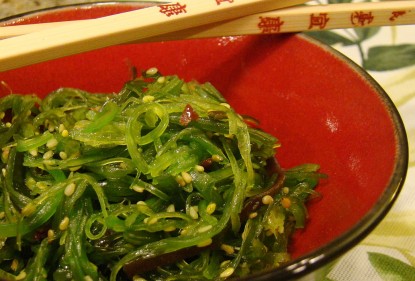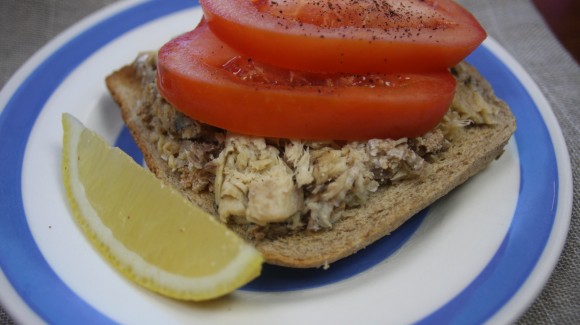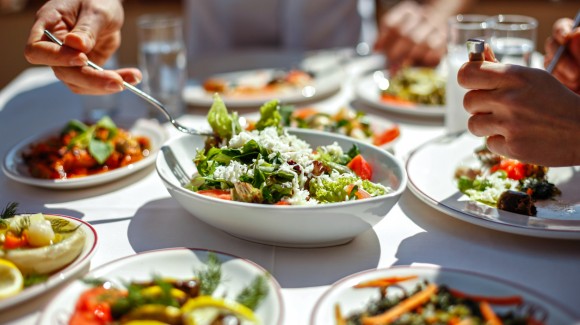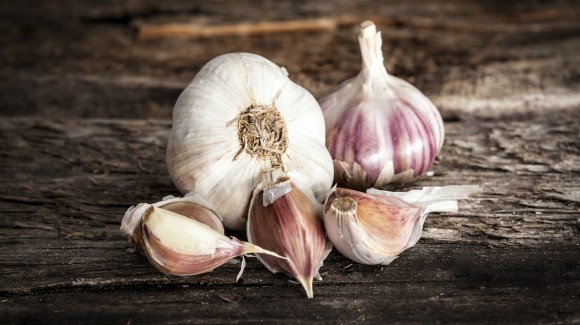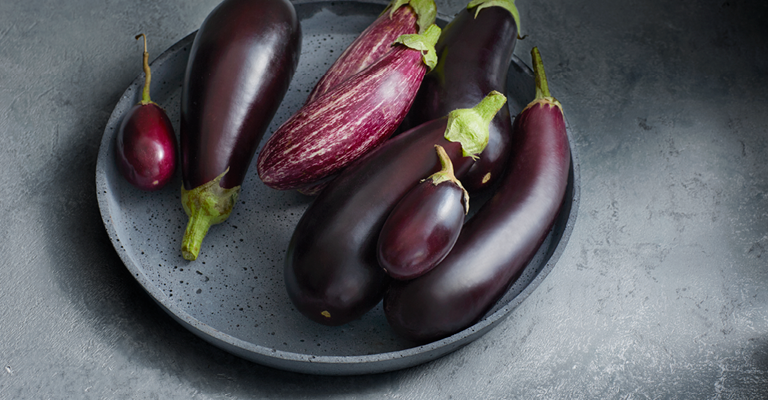
Health & Beauty
Surrender to the benefits of edible seaweed
In countries like China, Japan, and Korea, seaweed has formed part of the typical diet for centuries. In the last few years, the West has surrendered to the benefits of seaweed, a food of great importance in other countries.
There are numerous edible types of seaweed: Hijiki, Wakame, Nori, Agar-Agar, Dulse, Kombu, Arame, Cochayuyo. Their flavour, texture, and many nutritional benefits are some of the reasons why they are so inviting to incorporate in our meals. More and more chefs are beginning to utilise them in their kitchen (the most common being nori, which you have likely tried if you have eaten sushi, or agar-agar, which is often used as a vegetarian substitute for gelatin).
One of the biggest benefits of this culinary expansion is the healthy habit of consuming seaweed. This practice is strongly engrained in Japan, the country with the highest per capita consumption of seaweed, which can constitute up to 25% of the diet. The country is also the biggest producer and exporter in the world of this product.
What are they, really?
Although every day they are becoming more common in restaurants and specialty shops, a big part of the population does not know what seaweed is exactly. Well, you could say that seaweed is something like the vegetable of the sea, that is, a plant that grows in water, both fresh and saltwater.
Even though they appear strange and unfamiliar to our world, they have the same cycle as terrestrial plants. That is, they grow, reproduce, and die, without requiring intervention for sowing, transplanting, fertilizing, or irrigation. One thing to clarify is that not all seaweed found in the ocean can be utilized in the cooking. Only about 50 species are edible, out of a total of 25,000 species that have been discovered so far.
Types of Edible Seaweed
Brown
- Nori (ova marina, laver, sloke, slake): Rich in protein and provitamin A, nori pairs well with fried food. It is easy to prepare and versatile in the kitchen. It is indispensable in typical Asian dishes, like sushi, rice balls, and savoury snacks, and is also very useful to season cereals, pastas, and soups. Toast one or a few sheets of nori in advance, passing slightly through a low flame, until it is crispy, with a fragrant aroma and pleasing, delicate flavour. Shred it with your hands and crumble into a powder into your dish to season.
- Nishime Kombu (wrack, tangle, carweed): Rich in iodine and potassium, its flavour softens and sweetens. It helps to eliminate cholesterol and helps control blood pressure. Nishime kombu also facilitates the absorption of strontium and cadmium, and accelerates the work of the intestines. To use, first soak for 5-10 minutes, then boil for 15-20 minutes. Ideal for cooking with legumes and grains.
- Ito Wakame: Facilitating the cleaning and strengthening of the blood, ito wakame is rich in easily digestible proteins and minerals like calcium, magnesium, phosphorus, and iodine, in addition to containing fibre. Used in miso soup, it is also known to assist with postpartum recovery. Before using, soak for 15 minutes, then chop and boil for 15-20 minutes. It can be added to salads, soups, vegetables, potatoes, rice, oats, millet, polenta, grits, etc. You can also sauté ito wakame with onions for pastas, empanadas, pizzas, and quiches, among many other dishes.
- Hiziki (hijiki): Distinguished by its characteristic flavour, hiziki is rich in provitamin A and has a high iron and calcium content (14 times more calcium than cow's milk). It is recommended for children and pregnant women. Soak in cold water for 15-20 minutes before cooking, rinse, and cook 20 minutes. It is delicious sautéed with vegetables, tofu or seitan, or added to salads. It also combines well with root crops like beets, carrotsetc.
- Arame: Arame is characterized by its mild and delicate flavour and soft texture. It is rich in calcium, phosphorus, iodine, and other minerals, and vitamins A, B1 and B2. It promotes blood circulation so that cold winters are easily overcome. Before cooking, soak in cold water for 8-10 minutes then drain. It is delicious sautéed with onion, carrots, and tofu, boiled, or simply soaked and added to salads.
- Alaria (wing kelp, murlins, dabberlocks): Rich in vitamins and minerals, it is typically used as an ingredient in soups.
- Cochayuyo: Cochayuyo is an edible seaweed that comes from Chile and other subantarctic areas. It can measure up to 15 meters and has served for centuries as food for many Native American communities. Its scientific name is Duvillaea antarctica and it belongs to the botanical family of phaeophytas or brown algae. This variety is very easy to prepare. It is usually eaten cooked, boiling it for 15-20 minutes then draining. It can then be incorporated into salads, soups, stews, or as star ingredient in a vegetarian paella with marinara sauce.
Red
- Dulse (sweet): It is the most famous of the North Atlantic seaweeds, and is said to have been chewed by Celtic warriors and Vikings in their travels. Red is the most iron-rich seaweed so it is recommended in cases of anaemia. It has a high content of magnesium, potassium, iodine and phosphorus. It is also the second richest in protein, after the nori. Just soak a few minutes to add to salads. It also combines well with cooked cereals.
- Agar-agar (shiro kanten): Rich in soluble fibre, agar-agar is a delicately flavoured, highly nutritious seaweed often used to make gelatin. Agar-agar contains sodium, calcium, and smaller amounts of phosphorus, iron and iodine. Its great digestive properties help to dissolve cholesterol, eliminate toxins from the stomach and intestines and aid with constipation. It is also very filling and low in calories, making agar-agar ideal for those trying to lose weight. To make gelatin, simmer 8 tablespoons of agar-agar with half a litre of liquid while stirring until dissolved. Excellent for making desserts, jams, marmalade, or puddings; simply mix the boiled liquid with the desired ingredients. For salads, soak for 20 minutes and serve.
- Carrageen: Typically referred to as Irish moss or carrageen moss in English (scientific name Chondrus crispus), carrageen is a very abundant red algae (phylum Rhodophyta), which sometimes forms thick tapestries, usually on rocky surfaces. It is found all up the Atlantic coasts of Europe and North America. It is rich in complex carbohydrates, potassium, and calcium. The polysaccharide carrageenan makes up its mucilaginous body, which accounts for more than half of its weight. It is commonly used as an emulsifier in the food industry and also in household cooking for its thickening and gelatinous properties.
Green
- Spirulina: A microalgae rich in proteins and amino acids, spirulina is often sold in dietary supplement tablets. It is a unicellular alga that grows and multiplies in natural waters with high pH. The name spirulina is derived from the Latin word "spiral” or “helix”, which refers to its physical configuration. It is called blue-green algae because of the presence of chlorophyll, which gives it its green colour, and phycocianina, which gives it its bluish hue. It is a complete protein, comprised of 65-70% vegetable protein with all essential amino acids in perfect balance and only 7% fat. Spirulina has a high concentration of beta carotene, ten times greater than carrots, and many different vitamins and minerals. It is also one of few foods other than human breast milk containing gamma-linolenic acid (GLA).
